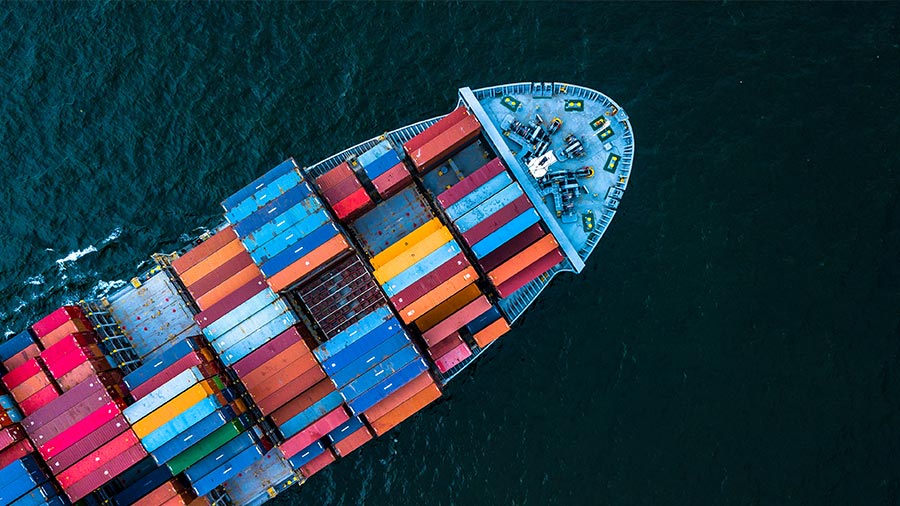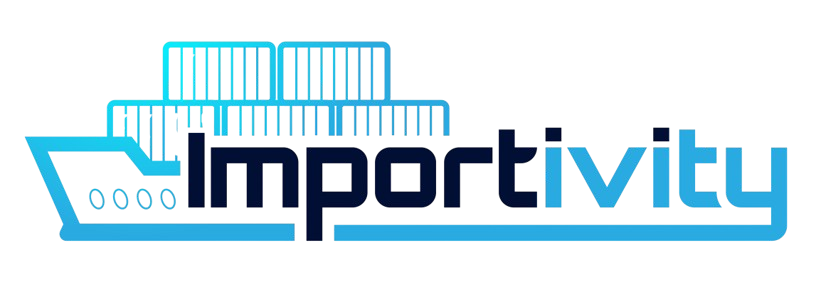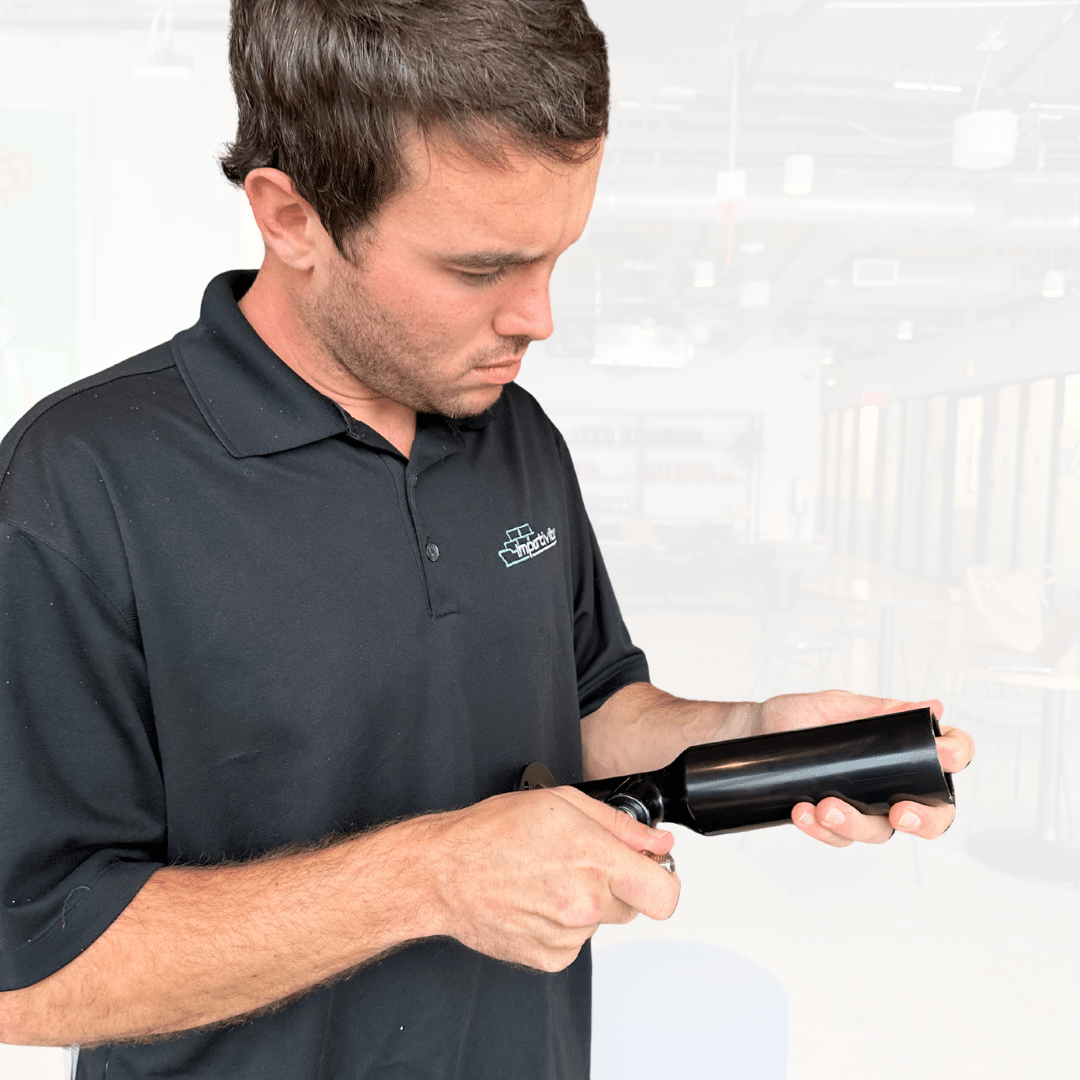Move Manufacturing from China to Vietnam
Global brands are shifting production from China to Vietnam to cut costs, avoid tariffs, and diversify their supply chains. Discover how your business can benefit from Vietnam’s growing manufacturing ecosystem.
Discover how your business can benefit from Vietnam’s growing manufacturing ecosystem.

Why Businesses Are Moving Manufacturing from China to Vietnam
For decades, China has been the world’s factory floor. But rising tariffs, higher wages, and increasing supply chain risks have pushed companies to explore alternatives. Vietnam has emerged as a powerful option, offering lower labor costs, favorable trade agreements, and a fast-growing industrial base.
If your company is considering a shift, moving manufacturing from China to Vietnam could unlock competitive advantages while maintaining quality and reliability.
If your company is considering a shift, moving manufacturing from China to Vietnam could unlock competitive advantages while maintaining quality and reliability.
Industries Best Suited for Moving Manufacturing from China to Mexico
Vietnam offers a unique mix of cost savings, tariff advantages, and expanding industrial capacity that make it an ideal choice for global brands.
Lower labor costs
Save significantly on labor-intensive production compared to China.
Tariff advantages
Avoid Section 301 tariffs and benefit from CPTPP and EVFTA trade agreements.
Diverse supplier base
Vietnam’s rapid industrial growth has expanded its capabilities in textiles, metals, and electronics.
Strategic diversification
Reduce reliance on China and increase supply chain resilience.
Industries Best Suited for Moving Manufacturing from China to Vietnam
Not every sector shifts equally well. Here’s where Vietnam shines and where China still maintains an edge.
Plastics Injection Molding
Winner: China
China dominates plastics and injection molding with decades of expertise, advanced machinery, and high-volume production capacity.
Vietnam’s edge: Best for simpler plastics, smaller runs, or when avoiding U.S. tariffs is critical. Vietnam is building capabilities but can’t yet match China’s precision and scale.
Metals & CNC Manufacturing
Winner: China
China leads in complex metals, automotive, and aerospace precision machining with mature supply chains and cost efficiency at scale.
Vietnam’s edge: Vietnam is growing in basic metals and general fabrication. For companies seeking tariff relief and simpler requirements, it’s becoming a cost-effective alternative.
Electronics Assembly
Winner: China
China’s electronics ecosystem—from semiconductors to high-precision assemblies—is unmatched. Speed, expertise, and dense supplier networks make it the global leader.
Vietnam’s edge: Vietnam is becoming a hub for consumer electronics assembly (phones, accessories) thanks to investments from brands like Samsung and Apple suppliers. It’s best for mid-level complexity at lower cost.
Textiles & Apparel
Winner: Vietnam
Vietnam outpaces China in apparel manufacturing due to lower labor costs, sustainability practices, and trade agreement benefits.
Why consider China anyway?
China still has scale advantages and integrated supply chains for luxury apparel and technical textiles. If you need advanced fabrics or rapid design-to-production, China remains competitive.
Book A Call in less than 60 seconds
Sourcing Company Case Studies
Real examples of how our sourcing company delivers results across industries and markets.
How These Resources Fit Into Your Strategy
Each of these resources can be used on its own but they’re most powerful when applied together as part of a streamlined sourcing process.
Supplier Onboarding Checklist
Once you select a partner, implement the Supplier Onboarding Checklist.
The Importivity Process
Importivity is not just another product sourcing company. Our process is built to remove uncertainty and protect margins at every stage. Here is how we make global sourcing predictable, transparent, and profitable:
Here is how we make global sourcing predictable, transparent, and profitable.
Step 1: Discovery
We start by defining product specifications, compliance requirements, target costs, and timelines. This step ensures we source the right factory from the start and align with your business goals.
Step 2: Factory Vetting
Our team identifies, audits, and validates manufacturers from our global network. Unlike many sourcing companies that hand over a list of names, we confirm certifications, capacity, and reliability before you commit.
Step 3: Sampling & Tooling
We oversee prototype development, mold and tooling creation, and pre-production validation. This stage is critical in plastics manufacturing, metal fabrication, and electronics assembly, where tooling costs and tolerances can make or break profitability.
Step 4: Quality Assurance and Quality Control (QA/QC)
Importivity conducts inspections at every stage: pre-production, in-line, and final. This prevents quality drift, reduces rework, and ensures your products meet the standards of both your customers and regulators.
Step 5: Compliance & Packaging
We manage testing, labeling, and certification for markets like the U.S. and EU. Whether it is RoHS for electronics, FDA for plastics, or labor compliance for textiles, our product sourcing services protect you from hidden liabilities.
Step 6: Logistics
Our logistics team coordinates everything from factory floor to final delivery. We work with vetted freight forwarders and manage customs documentation so you avoid delays and hidden costs.
Submit your product sourcing request in under 2 minutes
At Importivity, we specialize in connecting businesses with reliable, high-quality manufacturers worldwide. As the fastest growing product sourcing agency in the world we aim to ensures your products are sourced efficiently, economically, and with the highest standards.
Let's Get Started
Tell us about yourself and we'll connect you with the right sourcing solutions.
Submit your product sourcing request in under 2 minutes
At Importivity, we specialize in connecting businesses with reliable, high-quality manufacturers worldwide. As the fastest growing product sourcing company in the world we aim to ensures your products are sourced efficiently, economically, and with the highest standards.
Frequently Asked Questions
If you need further assistance, feel free to reach out to our team!
Why are companies moving manufacturing from China to Vietnam?
Companies are moving to Vietnam to cut labor costs, avoid tariffs, and diversify supply chains. Vietnam offers competitive wages, strong trade agreements, and a rapidly developing manufacturing base.
What products are best to move from China to Vietnam?
Textiles, apparel, basic metals, and consumer electronics are the most common industries shifting. Complex plastics and advanced electronics typically remain in China.
Is it more expensive to move manufacturing to Vietnam?
Transition costs exist (supplier vetting, setup, logistics changes), but long-term savings from lower labor and tariff advantages often outweigh initial investments.
How long does it take to move production from China to Vietnam?
Timelines vary but most transitions take 6–12 months. This includes supplier qualification, sampling, compliance checks, and initial production runs.
Can Vietnam match China’s quality standards?
Yes, especially in textiles and consumer electronics. While China still leads in advanced manufacturing, Vietnam’s factories are quickly adopting global quality certifications and practices.




